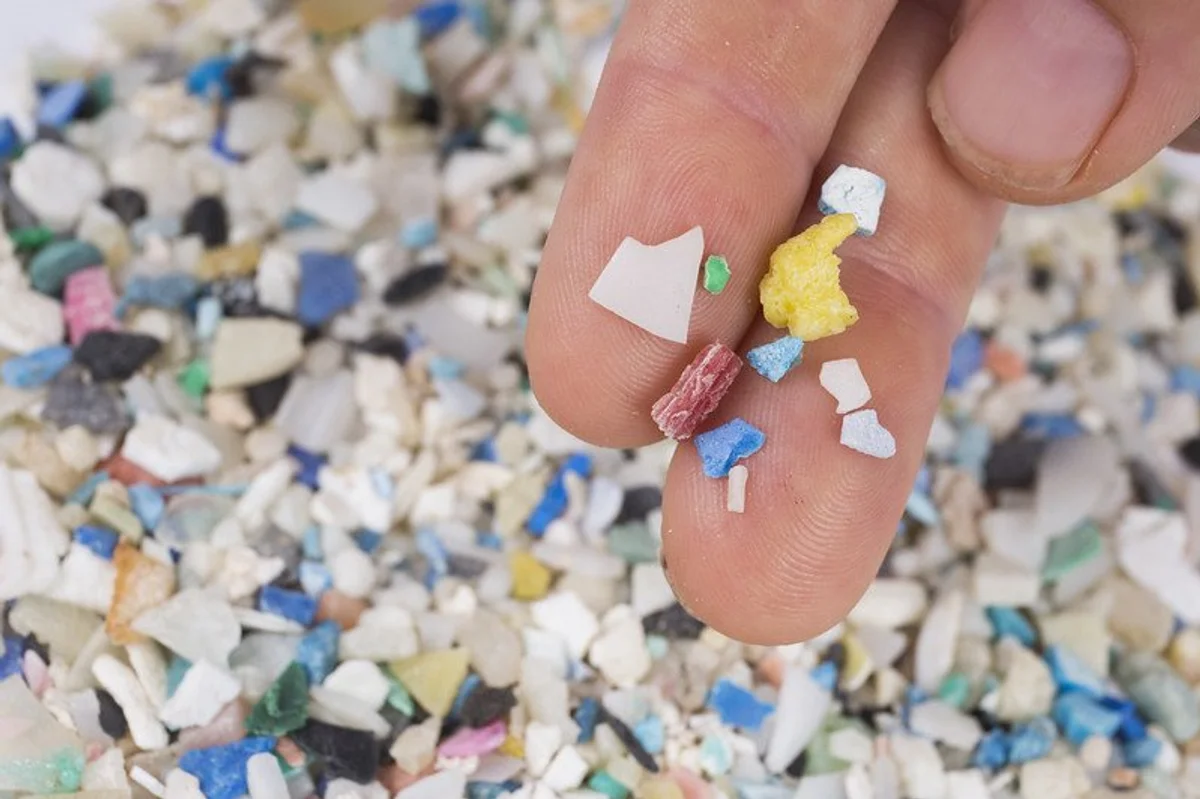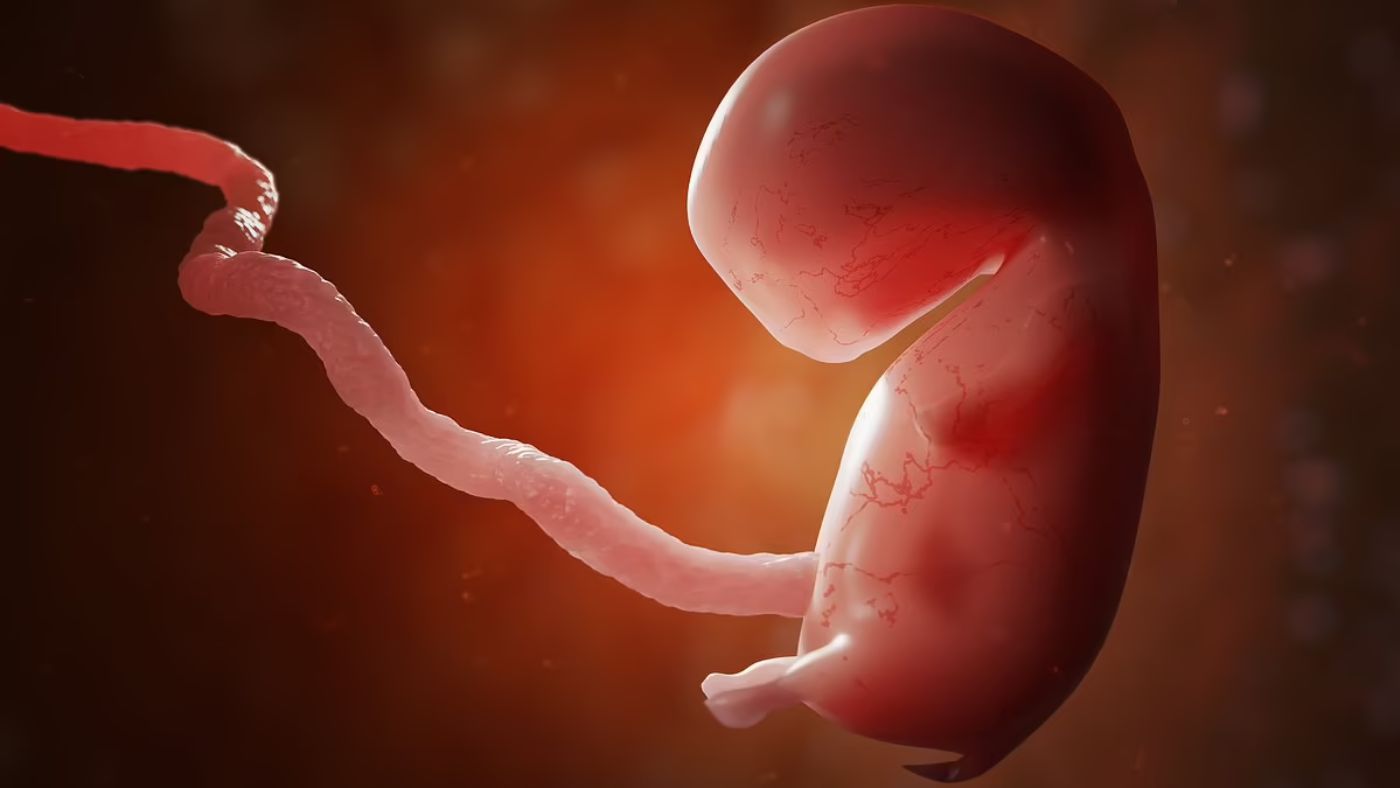It has been more than three years since scientists initially detected microplastics in four different human placentas, and it appears this was just the beginning.
In early 2023, researchers reported finding minuscule plastic particles in no fewer than 17 placentas.
By the end of the same year, a local study in Hawai’i examined 30 placentas donated between 2006 and 2021, revealing a significant increase in plastic contamination over time.
Using an innovative technique, scientists have now identified tiny plastic particles and fibers smaller than a micron in the largest sample of placentas studied to date.
In all 62 tissue samples analyzed, the researchers discovered microplastics in every single one.
These concentrations ranged from 6.5 to 685 micrograms per gram of tissue, levels much higher than those typically found in human bloodstreams.
The potential health implications of this plastic pollution, if any, remain unknown for both the fetus and the mother.
While microplastics have been detected in every major organ of mice, including the brain, it is uncertain whether these pollutants are transient or pose a lasting and accumulating threat to health.
As environmental plastic pollution continues to worsen, placental contamination is expected to rise, given humans’ increased inhalation and ingestion of plastic particles.

“Dose makes the poison,” explains biologist Matthew Campen from the University of New Mexico. “If the dose continues to rise, we become concerned.
If we observe effects on placentas, then all mammalian life on Earth could be affected. That’s concerning.”
Determining the accumulation of microplastics in human tissue has proven challenging due to the minute size of these particles.
Researchers have been developing robust detection methods to quantify the mass of these pollutants and identify their specific types of plastic, essential for evaluating their health impacts.
The new study employs a novel, high-resolution technique to detect plastics in human blood and tissue.
Initially, researchers separated biological material from plastic solids using chemicals and ultra-high-speed ultracentrifuges to isolate very small molecules. Subsequently, they analyzed the polymers to determine their specific compounds.
When applied to the 62 placental samples, the technique revealed that more than half of all plastic particles in the placentas were polyethylene – the most widely produced plastic globally, commonly found in single-use bags and bottles.
Other plastic types identified in the placentas included polyvinyl chloride, nylon, and polypropylene, likely weathered and oxidized over decades in the environment before being inhaled or ingested by humans.
“The application of this method, together with clinical metadata, will be crucial for assessing the potential impacts of nano microplastics on adverse pregnancy outcomes,” argue the study’s authors.
Currently, there are limited clinical studies on the effects of plastic pollution. Early research indicates that smaller plastic particles can more easily infiltrate cells, yet their toxic effects at this tiny scale remain challenging to ascertain.
In experiments on miniature models of the human intestine, microplastics have shown potentially harmful immune effects.
Moreover, preliminary studies on mice suggest that micro- and nanoplastics have the “potential to disrupt fetal brain development, potentially leading to suboptimal neurodevelopmental outcomes.”
The reasons behind the wide range of microplastic concentrations found in human organs, including the placenta, remain unclear.
It could be due to analytical errors or, according to researchers, “a combination of environmental, dietary, genetic, maternal age, and lifestyle factors.”
“The factors driving such extensive concentration variations are unknown, nor is it evident whether these concentrations contribute negatively to placental or fetal growth and development, or other maternal health outcomes,” the researchers add.
“The placenta receives substantial blood flow and absorbs many nutrients from maternal blood, potentially making it highly exposed; further investigation is needed to determine how nano- and microplastic pollution can cross the complex placental barrier, whether passively or actively.”
